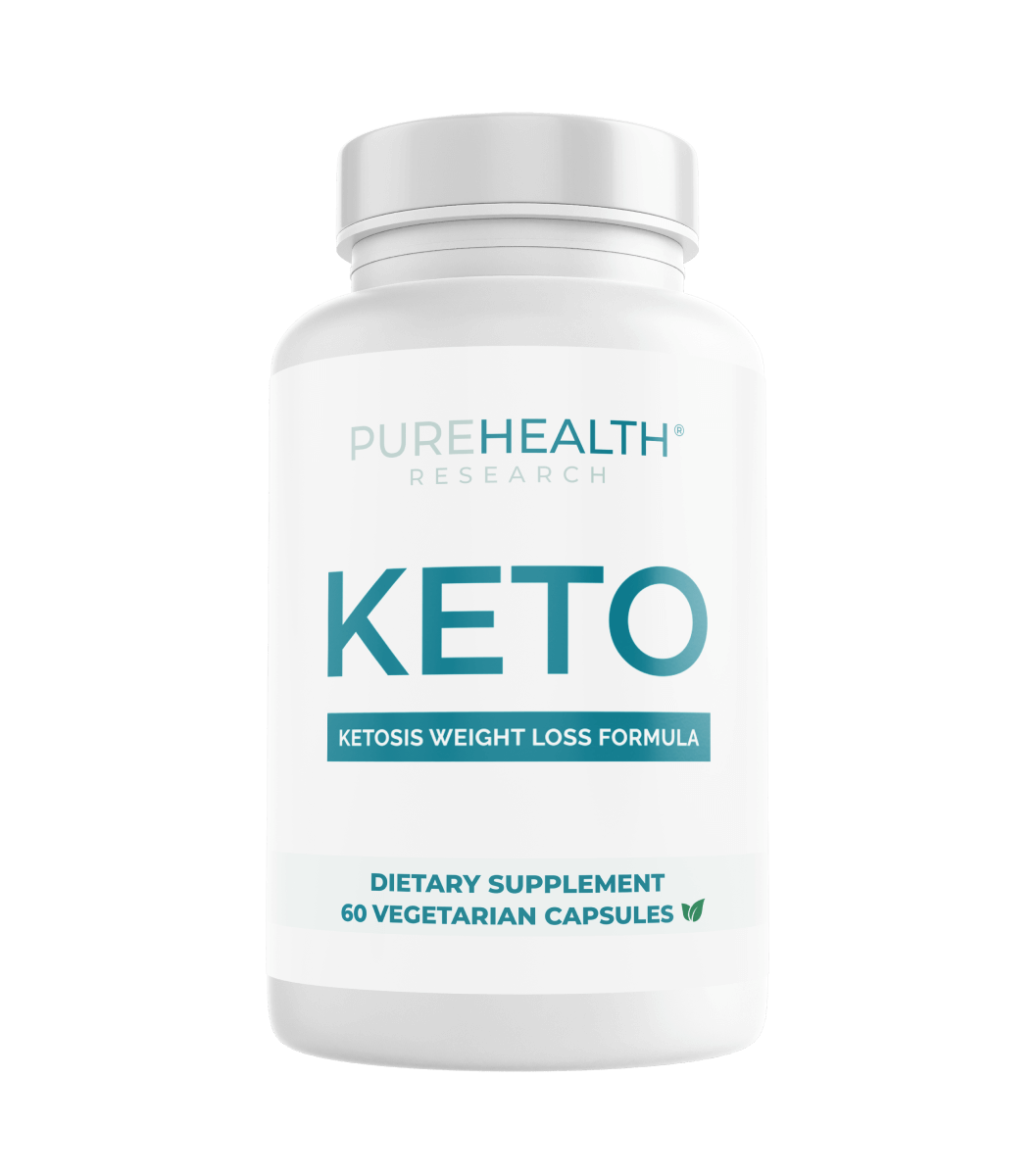Is Soy Sauce Keto Friendly? Tips for Better Nutrition
Discover if soy sauce is keto-friendly, its carb content, and the best alternatives. Explore recipes for a healthier keto diet!
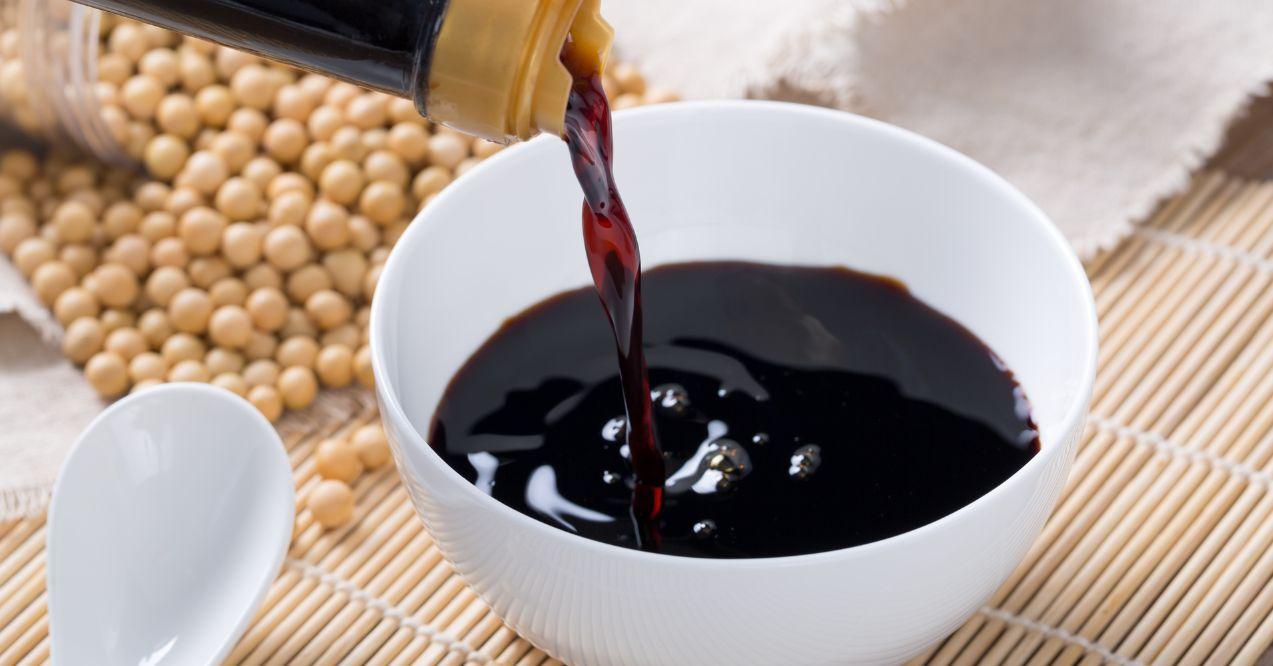

As we delve into ketosis, scrutinizing every ingredient becomes part of the journey for optimal health, making us wonder about the keto-friendliness of staples like soy sauce. So, is soy sauce keto friendly? Its compatibility with a ketogenic lifestyle isn’t as clear-cut as one might assume.
This guide takes you through the world of soy sauce, tracing its historical roots and production processes. We examine different soy sauce variants to identify those that align with ketogenic principles. Additionally, we share 5 keto-friendly recipes that highlight soy sauce, enabling you to savor its rich taste without compromising your diet.
We also venture into the realms of intermittent fasting vs keto, providing insights on how to integrate soy sauce into these dietary frameworks effectively.
Embark with us on this exploration to discover how soy sauce can be part of your keto journey.
What Is Soy Sauce?
Soy sauce is a traditional condiment with roots deeply embedded in Asian cuisine, prized for its ability to impart a rich, complex umami flavor to dishes. At its core, soy sauce is made from a simple yet intricate blend of soybeans, wheat, salt, and water. These ingredients undergo a meticulous fermentation process, sometimes lasting several months to years, which cultivates its distinct savory taste and dark, amber hue.
The production of soy sauce involves the brewing and fermentation of soybeans and wheat, allowing for the development of a deep, multi-layered flavor profile. As a staple ingredient in Asian cooking, soy sauce enriches a myriad of dishes, from stir-fries to marinades, adding a dimension of taste that is unparalleled in its depth and complexity.
Types of Soy Sauce
Sweet Soy Sauce
Sweet soy sauce, known as “Kecap Manis” in Indonesian cuisine, is a thicker, sweeter variation of traditional soy sauce, enriched with palm sugar and aromatic spices such as garlic, star anise, and sometimes ginger. This delightful condiment combines the umami-rich base of soy sauce with a molasses-like sweetness, creating a unique and versatile flavor profile.
Its syrupy consistency and depth of taste make it an indispensable ingredient in Southeast Asian dishes, from glazing meats and vegetables to being a key component in stir-fries and marinades. Sweet soy sauce not only enhances the flavor of a dish but also adds a glossy, appealing finish, bridging the gap between savory and sweet in culinary creations.
Light Soy Sauce
Light soy sauce, often referred to as “usukuchi” in Japanese cuisine, is a thinner, more delicately flavored variant of soy sauce. It is brewed for a shorter period than its darker counterparts, resulting in a lighter color and a saltier taste. This variety is favored for its ability to season food without overpowering the dish’s natural flavors or altering its appearance significantly.
Light soy sauce is a staple in Asian cooking, ideal for soups, seafood dishes, and as a base for dipping sauces. Its subtle taste enhances the ingredients’ inherent flavors, making it a versatile and essential condiment in kitchens focused on preserving the authentic taste and presentation of dishes.
Dark Soy Sauce
Dark soy sauce stands out for its richer, more viscous texture and deeper flavor compared to its lighter counterpart. Aged longer, it boasts a molasses-like sweetness and a complexity that adds both color and depth to dishes. This variant is less about the saltiness and more about adding a subtle sweet undertone and a beautiful caramel hue to recipes.
Dark soy sauce is a cornerstone in many Asian cuisines, particularly in braising liquids, marinades, and glazes, where it imparts a luscious richness and an attractive gloss to the food. Its robust character makes it indispensable for creating culinary delights with a profound taste and visually appealing presentation.
Is Soy Sauce Keto Friendly?
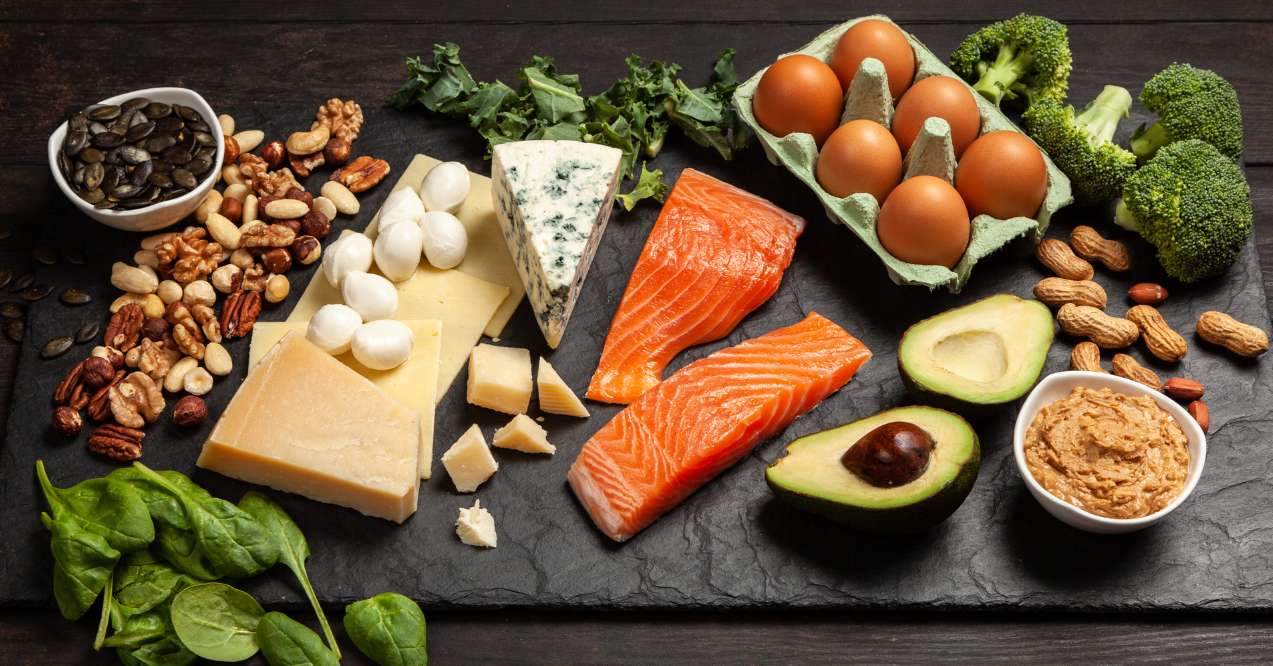
When navigating the intricacies of a ketogenic diet, where the focus is on minimizing carbohydrate intake to maintain a state of ketosis. So, is soy sauce keto friendly? The answer lies in its carbohydrate content and the moderation of its consumption.
Soy sauce, with its profound depth of flavor, can indeed be a keto-friendly option due to its low carbohydrate content. However, the carbs in soy sauce can add up if used liberally, hence the importance of mindful portion sizes to ensure they do not interfere with your ketosis goals.
The key to incorporating soy sauce into a keto diet is moderation. Using it as a seasoning or in marinades can enhance the taste of your dishes without significantly affecting your carb limit. Additionally, opting for naturally brewed soy sauces can provide better nutritional value and a richer flavor, allowing you to use less while still achieving the desired taste profile.
How Many Carbs In Soy Sauce?
Understanding the carbohydrate content in soy sauce is crucial for those managing their carb intake, especially when following a low-carb or ketogenic diet. Here’s a breakdown of the carbs in different types of soy sauce per serving, to help you make informed dietary choices:
- Traditional Soy Sauce – Typically contains about 1 gram of carbs per tablespoon. This variant is most commonly used and is a good option for those counting carbs.
- Low-Sodium Soy Sauce – Offers roughly the same carbohydrate content as traditional soy sauce, about 1 gram per tablespoon, making it a suitable choice for those looking to reduce sodium intake without increasing carbs.
- Sweet Soy Sauce (Kecap Manis) – Significantly higher in carbs due to the addition of palm sugar, containing around 15-20 grams of carbs per tablespoon. It’s best used sparingly on a low-carb diet.
- Light Soy Sauce – Contains about 1 gram of carbs per tablespoon, similar to traditional soy sauce, but with a saltier taste and a thinner consistency.
Gluten-Free Substitutions For Soy Sauce
Dried Mushrooms
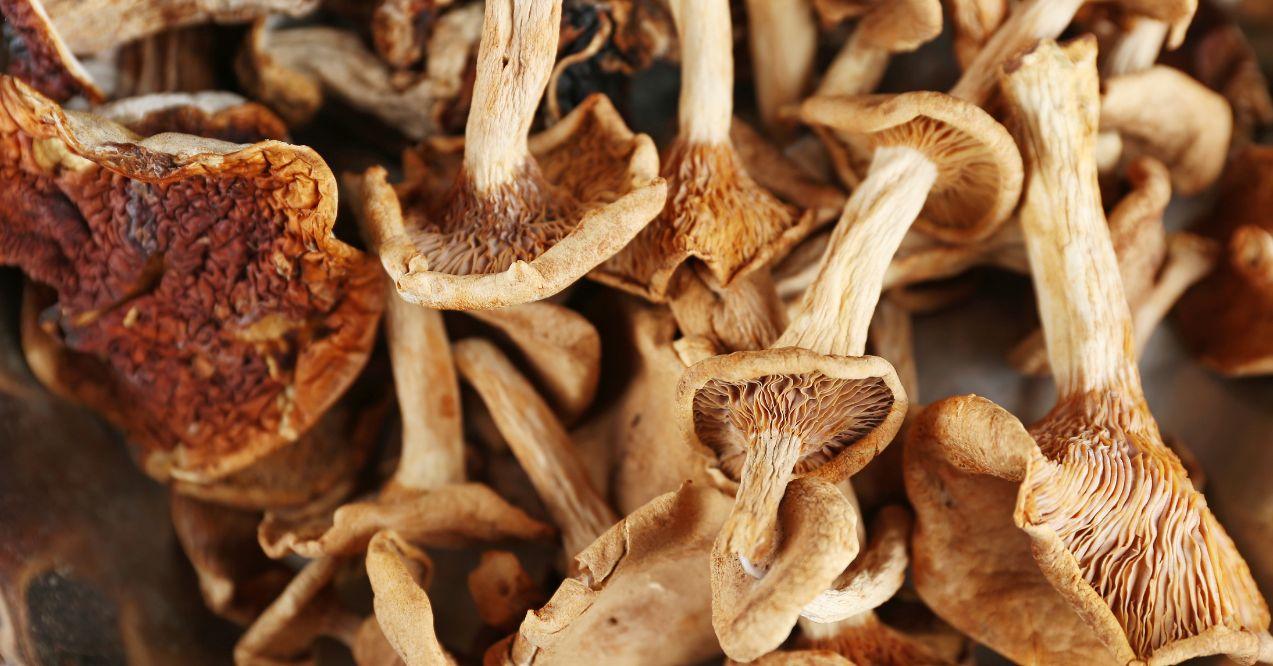
Dried mushrooms offer a unique, umami-rich alternative to soy sauce, perfect for those seeking to diversify their flavor profiles while adhering to specific dietary needs. When rehydrated and blended into a concentrate, dried mushrooms, especially varieties like shiitake, can mimic the deep, savory essence that soy sauce brings to dishes.
This makes them an excellent choice for anyone looking to reduce sodium intake or avoid soy due to allergies or dietary restrictions.
Tamari
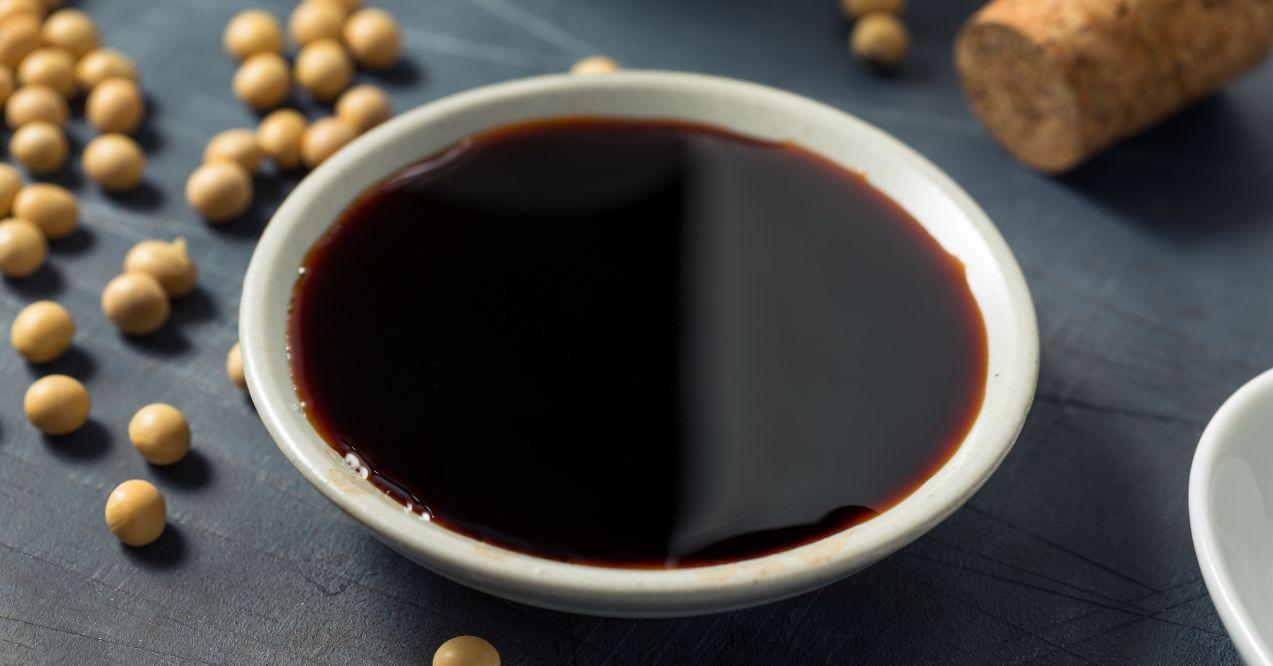
Tamari is a gluten-free alternative to traditional soy sauce, originating from Japan, that caters especially well to those with dietary restrictions or preferences. It’s made primarily from soybeans, with little to no wheat, resulting in a darker, richer sauce that closely mirrors the umami flavor profile of conventional soy sauce.
Tamari’s may be a keto soy sauce alternative that is thicker in consistency and deeper in taste. That makes it a favorite among chefs and home cooks alike, looking for a soy sauce substitute that doesn’t sacrifice flavor for health. Its compatibility with gluten-free diets, alongside its robust flavor, ensures that tamari can seamlessly replace soy sauce in marinades, dressings, and dips, making it a versatile staple in any health-conscious kitchen.
Coconut Aminos

Coconut aminos serve as a soy-free, gluten-free alternative to soy sauce, appealing to those with dietary restrictions or sensitivities. Derived from the fermented sap of the coconut palm, this condiment boasts a slightly sweeter, less salty profile compared to traditional soy sauce.
With its low glycemic index and absence of soy and wheat, coconut aminos are an excellent choice for anyone looking to maintain a health-conscious diet without compromising on taste. It contains a wealth of amino acids, making it not only a flavorful addition to recipes but also a nutritious one.
Ideal for dressings, marinades, and stir-fries, coconut aminos offer a complex umami flavor that enriches dishes with subtlety and depth.
5 Keto Recipes With Soy Sauce
Incorporating soy sauce into your ketogenic diet can transform simple ingredients into deeply flavorful meals. Below are five keto-friendly recipes featuring soy sauce as a key ingredient, each designed to cater to various tastes and dietary needs, from those questioning is gluten-free pizza keto? to enthusiasts of keto Thai food. Let’s explore these culinary creations, each offering unique nutritional benefits for a ketogenic lifestyle.
1. Keto Soy-Glazed Salmon
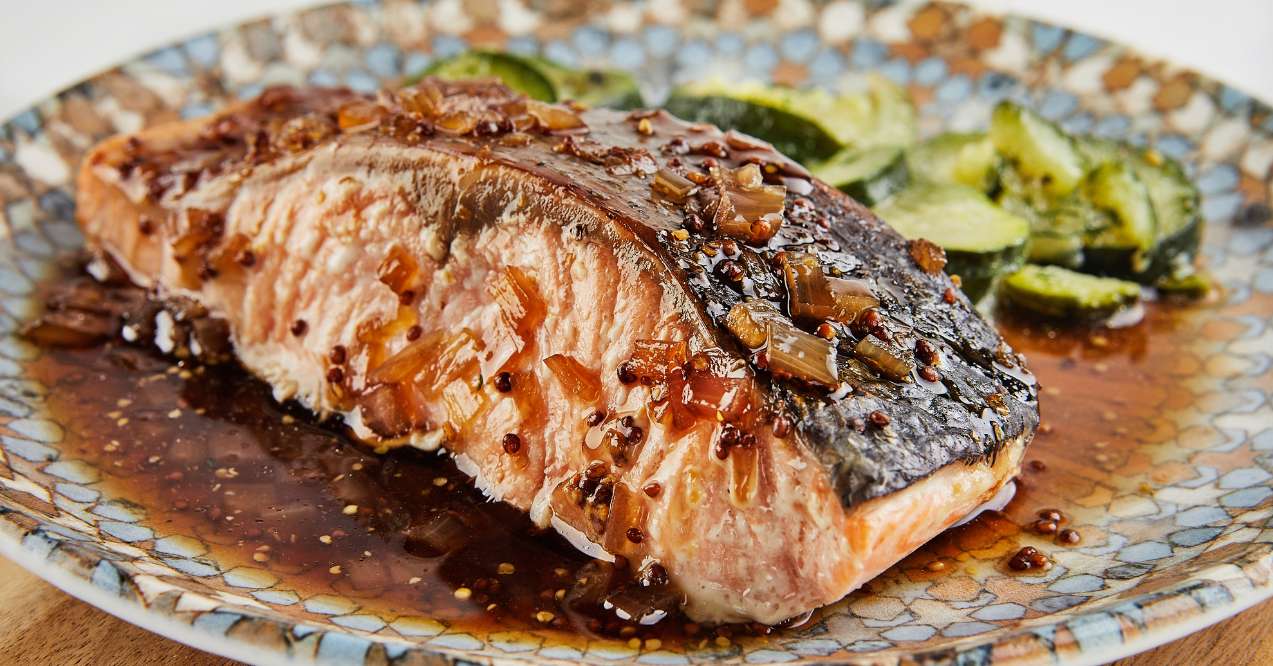
Ingredients
- 4 salmon fillets
- 2 tablespoons of keto soy sauce alternative (e.g., coconut aminos)
- 1 tablespoon of olive oil
- 1 teaspoon of garlic powder
- 1 teaspoon of ginger, grated
- Salt and pepper to taste
Instructions
- Preheat the oven to 400°F (200°C).
- In a bowl, mix the keto soy sauce alternative, olive oil, garlic powder, and grated ginger to create the glaze.
- Place the salmon fillets on a baking sheet lined with parchment paper. Season with salt and pepper.
- Brush the salmon with the glaze, ensuring each fillet is well-coated.
- Bake for 12-15 minutes or until the salmon flakes easily with a fork.
Nutritional Benefits
This dish is rich in omega-3 fatty acids, essential for heart health and brain function. The keto soy sauce alternative keeps the carbs in check, making it a perfect addition to a ketogenic diet.
2. Keto Stir-Fry with Vegetables and Chicken

Ingredients
- 1 pound of chicken breast, thinly sliced
- 2 cups of mixed vegetables (e.g., broccoli, bell peppers, and zucchini)
- 2 tablespoons of soy sauce (Note the carbs in soy sauce and adjust accordingly)
- 1 tablespoon of sesame oil
- 1 garlic clove, minced
- 1 teaspoon of ginger, grated
- Salt and pepper to taste
Instructions
- Heat the sesame oil in a large pan over medium-high heat.
- Add the chicken to the pan and season with salt and pepper. Cook until browned.
- Add the garlic, ginger, and vegetables to the pan. Stir-fry until the vegetables are tender-crisp.
- Pour in the soy sauce and stir to combine. Cook for an additional 2 minutes.
Nutritional Benefits
This stir-fry is packed with protein and fiber, supporting muscle maintenance and digestive health. Being mindful of the carbs in soy sauce ensures this meal supports ketosis.
3. Keto Beef and Broccoli
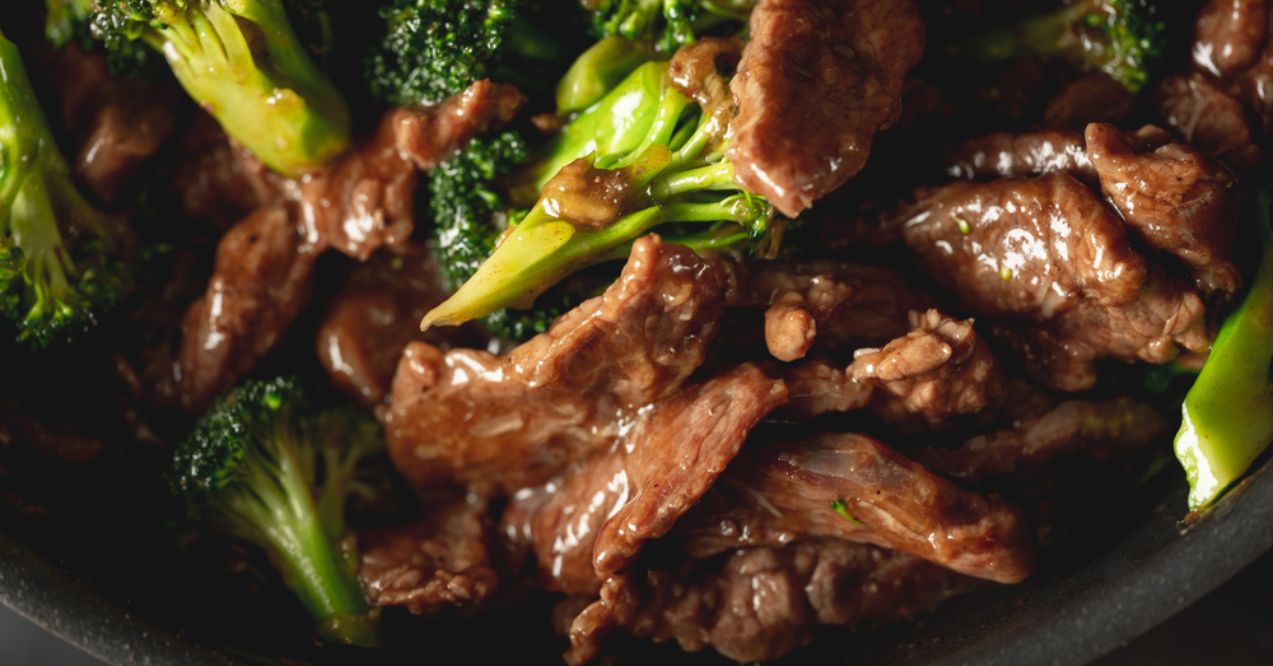
Ingredients
- 1 pound of beef slices
- 2 cups of broccoli florets
- 2 tablespoons of soy sauce
- 1 tablespoon of olive oil
- 1 teaspoon of garlic, minced
- 1/2 teaspoon of xylitol (or keto-friendly sweetener)
- Salt and pepper to taste
Instructions
- In a pan, heat the olive oil over medium-high heat.
- Add the beef slices, seasoning with salt and pepper, and fry until browned. Remove and set aside.
- In the same pan, add the broccoli and stir-fry until tender.
- Return the beef to the pan, adding the soy sauce and xylitol. Stir well to combine.
- Cook for an additional 2-3 minutes, or until the sauce has thickened slightly.
Nutritional Benefits
Beef is an excellent source of high-quality protein and iron, essential for energy levels and muscle health. The use of soy sauce adds umami without compromising the ketogenic diet’s principles.
4. Keto Thai Chicken Curry
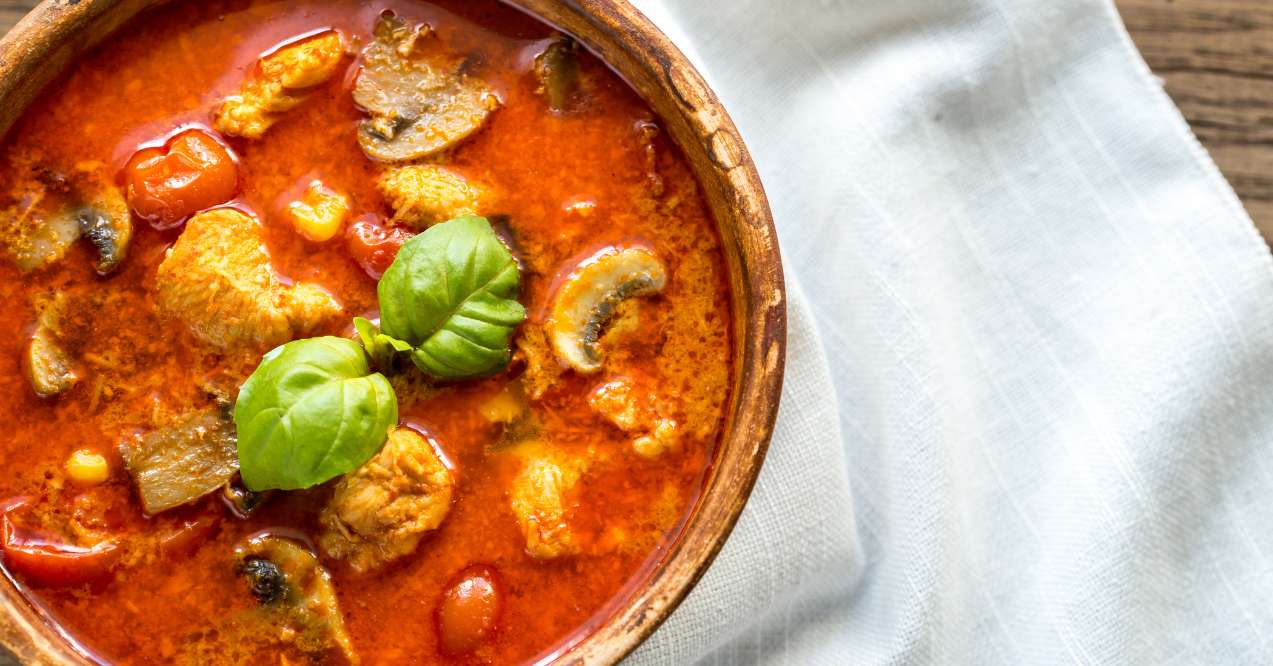
Ingredients
- 1 pound of chicken thighs, cut into pieces
- 1 can of coconut milk
- 2 tablespoons of green curry paste
- 1 tablespoon of soy sauce (is soy sauce keto friendly? Yes, in moderation)
- 1 tablespoon of coconut oil
- 1 cup of spinach
- 1/2 cup of bamboo shoots
- Salt to taste
Instructions
- In a large pot, heat the coconut oil over medium heat. Add the green curry paste and fry for 1 minute.
- Add the chicken and soy sauce, cooking until the chicken is nearly cooked through.
- Pour in the coconut milk and add the bamboo shoots. Bring to a simmer.
- Add the spinach and cook until wilted.
Nutritional Benefits
This keto Thai food recipe is rich in healthy fats from coconut milk, supporting ketosis. Chicken provides high-quality protein, while spinach offers iron and vitamins.
5. Keto Cauliflower Pizza with Soy Sauce Chicken
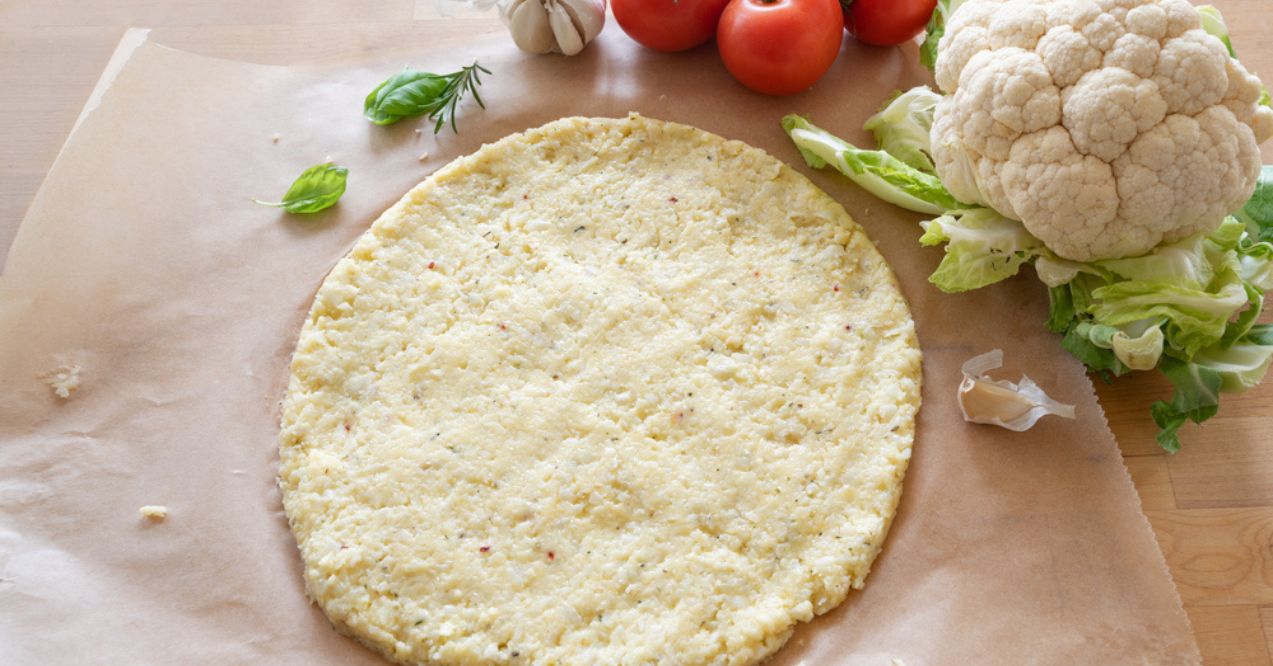
Ingredients
- 1 medium cauliflower head, riced and drained
- 1 egg, beaten
- 1/2 cup of almond flour
- 1/4 cup of parmesan cheese, grated
- 1 chicken breast, cooked and shredded
- 2 tablespoons of soy sauce
- 1/2 cup of low-carb pizza sauce
- 1 cup of mozzarella cheese, shredded
Instructions
- Preheat the oven to 425°F (220°C). Mix the riced cauliflower, egg, almond flour, and parmesan to form the pizza dough. Press onto a lined baking sheet and bake for 15 minutes.
- Marinate the shredded chicken in soy sauce.
- Spread the pizza sauce over the baked crust, top with marinated chicken, and sprinkle with mozzarella.
- Bake for an additional 10-12 minutes.
Nutritional Benefits
This dish answers the question, is gluten-free pizza keto? with a resounding yes. Cauliflower crust reduces carbs, while soy sauce chicken adds a flavorful protein punch, aligning perfectly with keto dietary needs.
These recipes showcase how soy sauce can be integrated into a ketogenic diet, offering flavor and nutrition without compromising dietary goals. Whether you’re craving Asian cuisine or a simple pizza night, these dishes provide delicious, keto-friendly options.
Keto Formula by PureHealth Research
Dive into the ketogenic world with the PureHealth Research Keto Formula, backed by Dr. Holly Lucille, ND, RN. Tailored for those embracing a keto lifestyle, this supplement is your ally in reaching health milestones. Incorporating supplements for weight loss like this one into your routine can provide targeted support for energy, metabolism, and fat-burning potential while aligning with your ketogenic journey.
Conclusion
In conclusion, soy sauce can be a keto-friendly option if consumed in moderation due to its low carbohydrate content. It can enhance the flavor of keto dishes without disrupting ketosis. For those looking to incorporate soy sauce into their ketogenic diet, consider recipes like keto soy-glazed salmon, stir-fries, and Thai chicken curry.
Additionally, alternatives like coconut aminos and tamari offer similar flavors for those with dietary restrictions. By making informed choices, you can enjoy the rich umami taste of soy sauce while maintaining your keto lifestyle.
Yes, soy sauce contains carbohydrates, albeit in small amounts. Typically, a tablespoon of soy sauce has about 1 gram of carbs or even less. Is soy sauce keto? While it is low in carbs, it’s important for those on strict low-carb diets, such as keto, to account for these when incorporating soy sauce into their meals.
Soy sauce contains carbohydrates, with approximately 1 gram of carbs per tablespoon. This makes it relatively low in carbs, allowing it to fit into various dietary plans, including keto, when used in moderation. However, individuals should consider the overall carb content of their meals when adding soy sauce.
The best soy sauce alternative depends on dietary needs and flavor preferences. For a gluten-free and soy-free option, coconut aminos are excellent, offering a slightly sweeter taste with lower sodium. Tamari is a great gluten-free alternative for those avoiding wheat but still seeking the traditional soy sauce flavor.
Sign up for our Healthy Living newsletter!
Advertisement. This site offers health, wellness, fitness and nutritional information and is designed for educational purposes only. You should not rely on this information as a substitute for, nor does it replace, professional medical advice, diagnosis, or treatment. If you have any concerns or questions about your health, you should always consult with a physician or other health-care professional. Do not disregard, avoid or delay obtaining medical or health related advice from your health-care professional because of something you may have read on this site. The use of any information provided on this site is solely at your own risk.
